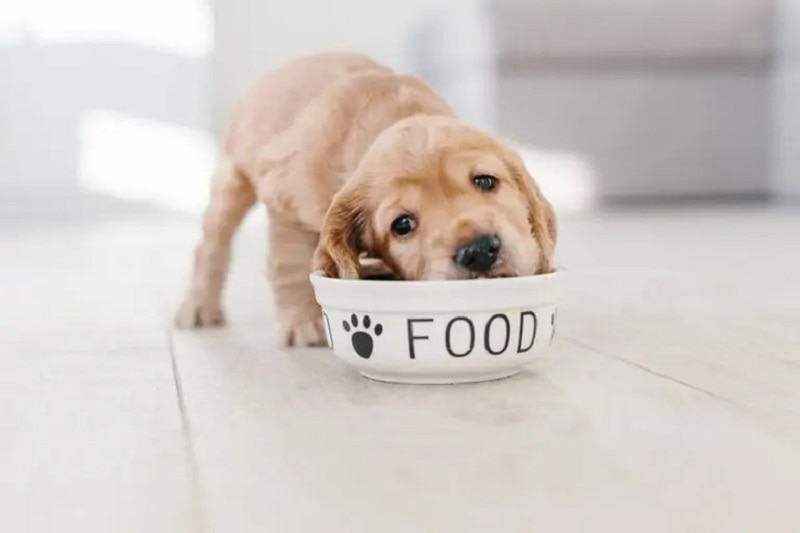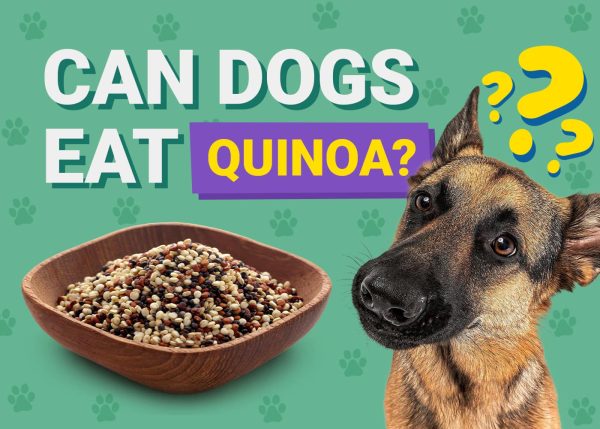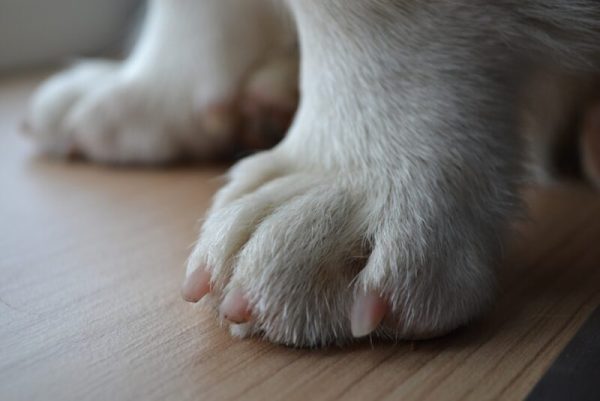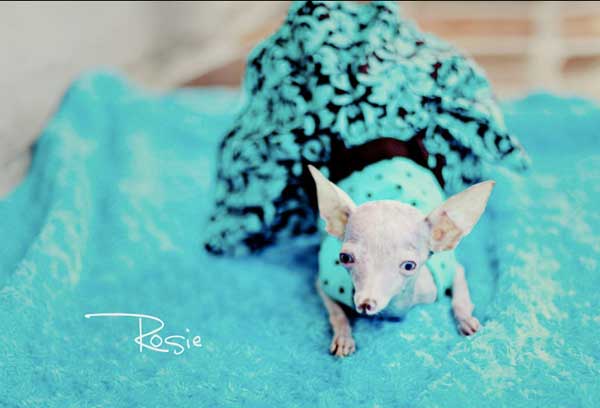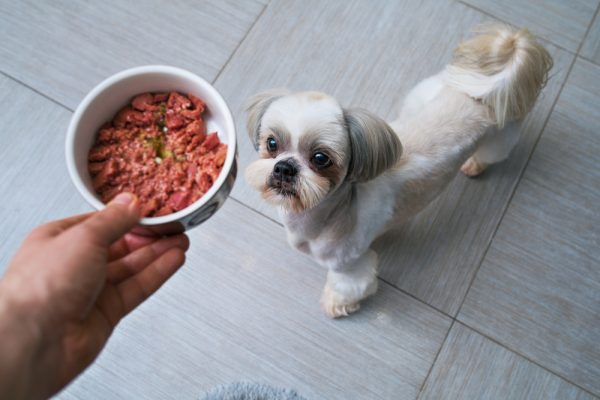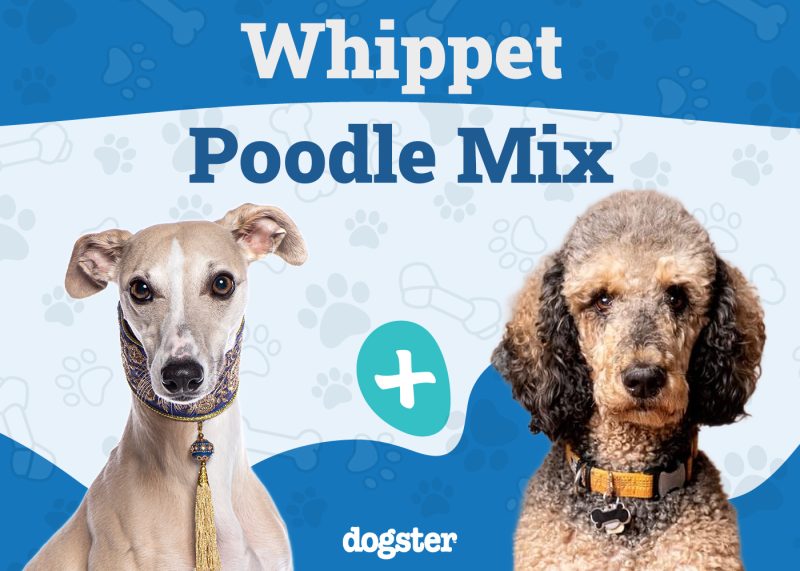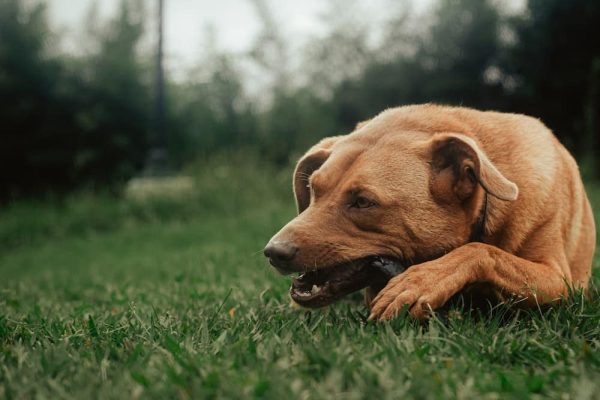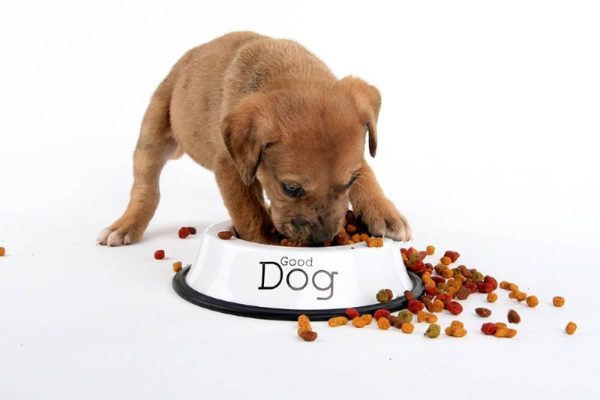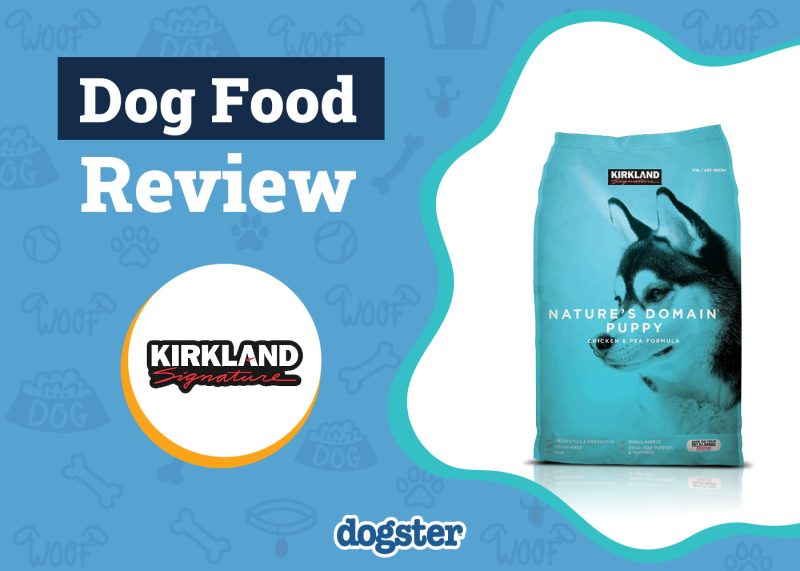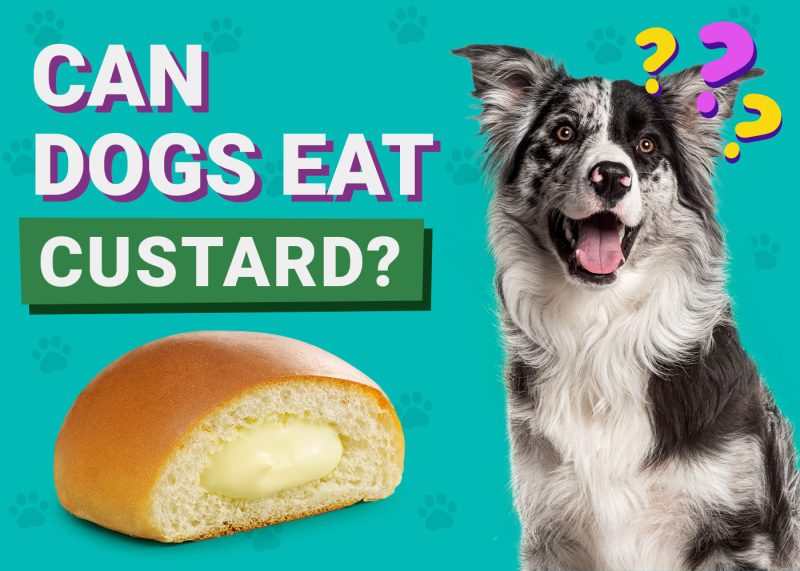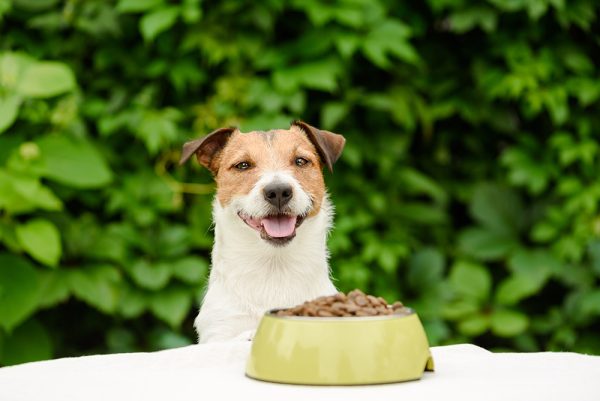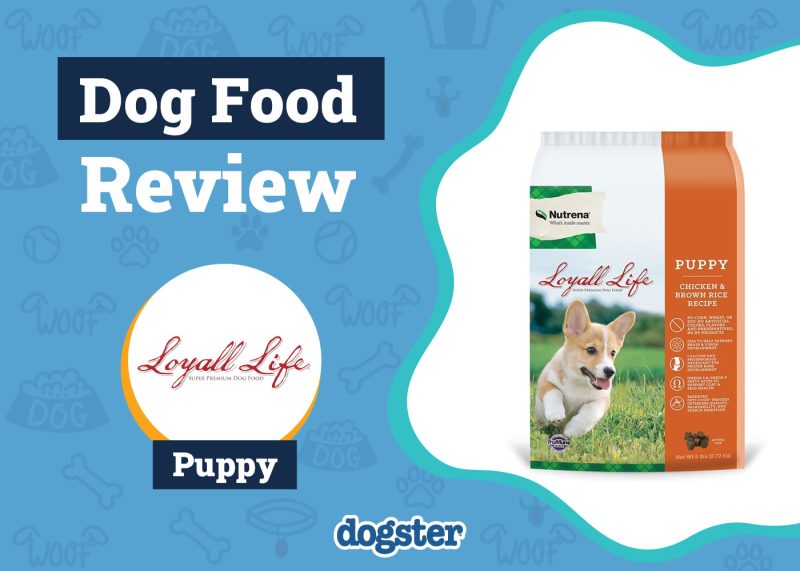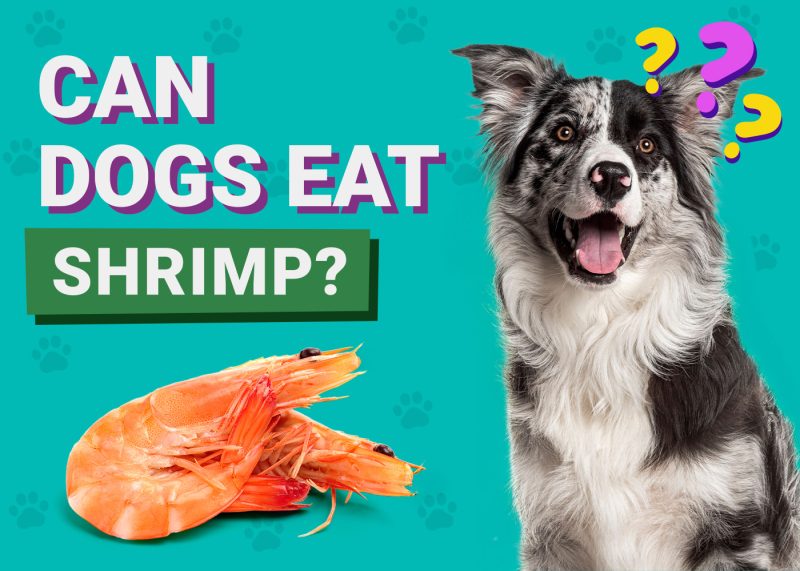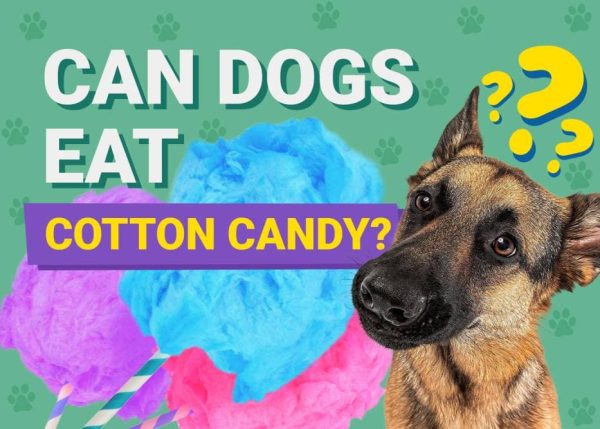In this article
It is essential to feed your puppy correctly. Puppies are constantly growing and need different nutrition than an adult dog. Feeding your puppy correctly now can prevent problems later on. For instance, many large and giant dogs will develop hip dysplasia if not fed correctly when their hips are growing and developing.
In this article, we’ll take a look at everything you need to know about feeding your puppy for optimal health. If you’re wondering how much to feed your puppy or need help choosing the correct dog food, keep reading.

How Much Food Do You Feed a Puppy?
Important Note: The amount of calories each dog needs for healthy growth and development depends on many factors, including their age, breed, and activity level. These charts are general guidelines for healthy young dogs, but we recommend confirming any changes you make to your dogs diet with a vet.

You should always follow the feeding guidelines on the back of your puppy’s food. Different foods have different caloric contents. Guidelines proclaiming one-size-fits-all feeding amounts for puppies are not correct.
To feed your puppy properly, you need to keep up with their weight and regularly change their feeding amount based on the guidelines on the back of the bag. Of course, you should also shift the amount if your dog grows too thin or too fat. You should not base their feeding amounts on their hunger levels, as many puppies will simply eat until they are bursting.
It is normal for puppies to still ask for food after they’ve already eaten the correct amount. Overfeeding can lead to hip dysplasia and other health issues, so be sure to base your amounts solely on the dog’s body condition and weight.
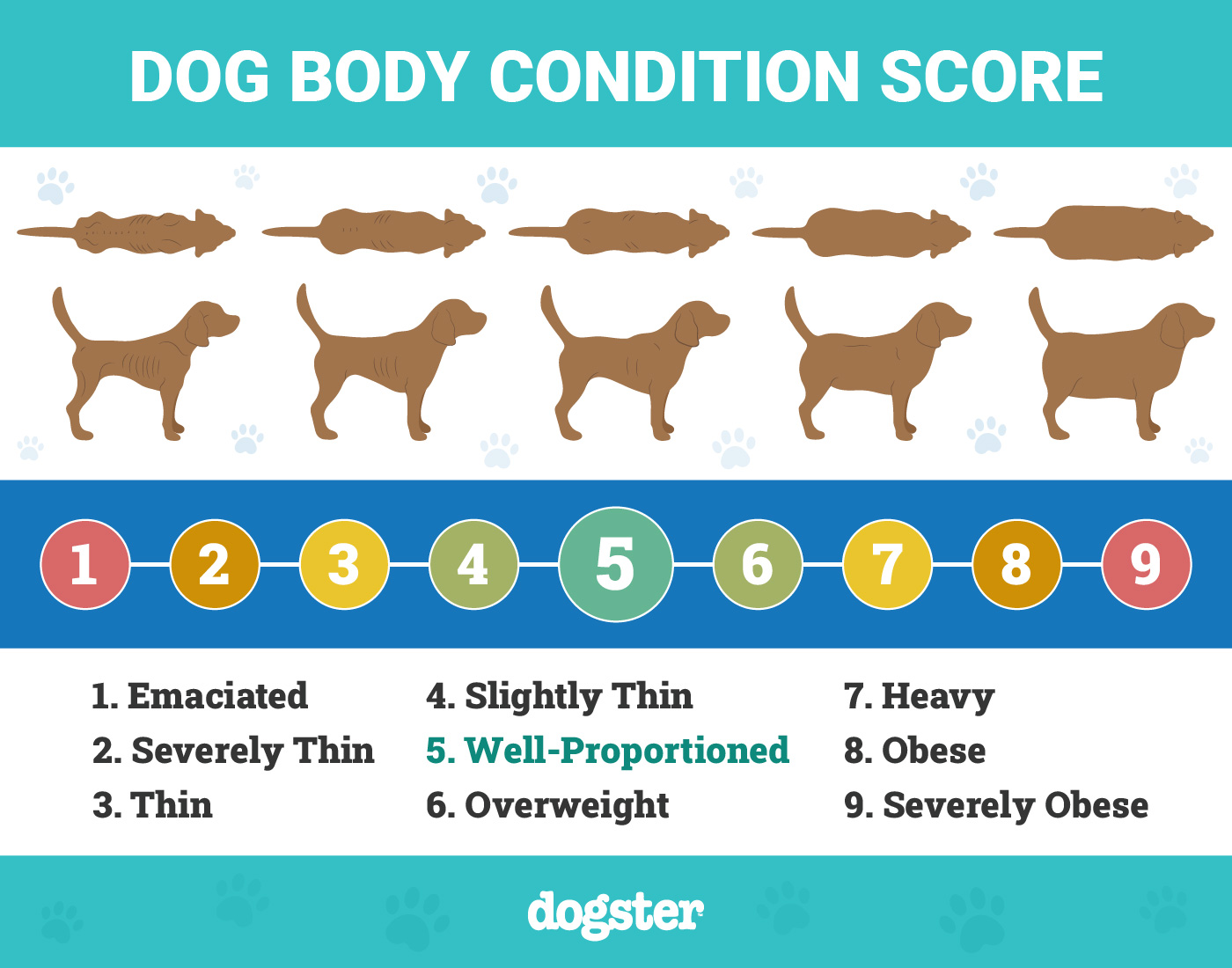
What Is a Good Feeding Schedule for Puppies?
Generally, puppies should be fed more often than adults. How often depends on the size of the puppy. Very small breeds may need to be fed as much as five times a day. This is because their smaller body sizes make them prone to hypoglycemia, which can cause serious health problems. It is important that they are fed regularly to keep their blood sugar at a normal level. Larger puppies can be fed less often. Giant breed puppies can be fed about three times a day.
As the dog gets older, you can slowly cut back on feedings until they are being fed about two times a day. We do not recommend feeding dogs any less than this, as it can cause health problems like hypoglycemia and bloat. Very small breeds may still need to be fed three times a day as adults. Otherwise, their blood sugar may not stay at a safe level.
How Do I Know If I’m Feeding My Puppy Enough?
The easiest way to determine if your puppy is getting enough food is to look at its body condition. You should be able to feel a dog’s ribs. However, you should not be able to see any more than the last two ribs. If your dog’s ribs are poking through their skin, they likely need more food. If fat is building up over their ribs, they are eating too much.
For most breeds, this provides you with an accurate measure of the dog’s current condition. However, for some breeds, it is a bit more complicated than this.
Large breeds may not develop more fat on their ribs. Instead, they may simply start to grow faster. Some owners push their larger dogs to grow bigger and more muscular before they are ready. Growing too fast is the main cause of joint problems like hip dysplasia, however. Your puppy should follow the growth curve that is normal for their breed. If they suddenly start growing too fast, it could be a sign that they are being fed too much.
Some breeds are just skinny as puppies. Greyhounds always appear to be a bit thin, even when they are at a completely healthy weight. If you have a thinner breed, you should aim to keep your puppy on the thinner side.
Also, you can complement this information by using our calculator tool, ensuring your dog’s happiness and wellness:
The exact amount of calories an individual animal needs to maintain a healthy weight is variable and influenced by many factors including genetics, age, breed, and activity level. This tool is meant to be used only as a guideline for healthy individuals and does not substitute veterinary advice
Can a Puppy Go All Night Without Eating?
If you just adopted a puppy at 8 to 10 weeks, they likely can go all night without eating. Some smaller breeds need a snack at night or their blood sugar will tank, causing health problems. If this is the case with your puppy, the breeder should let you know and provide more information about how often your puppy needs to be fed.
Most puppies should be completely fine at this age, however. You should feed your puppy first thing in the morning, though. Try to schedule their meals so that they are going as short between meals as possible.
Of course, very small puppies cannot go all night without eating. Like humans, newborn puppies need to be fed through the night. Most need to be fed about every 2 hours, but this can differ by breed.

Are Puppies Always Hungry?
Some puppies absolutely act like they are constantly hungry. Some dogs are extremely food-driven and will act as they’ve never eaten whenever they smell food. Usually, this calms down as the dogs get older. But because puppies are quite energetic, they can be very determined.
As long as your dog isn’t skinny and is growing appropriately, they are not starving. If you’re worried about your dog’s behavior, speak to your vet. There are some very rare conditions that may make a dog feel hungrier than they actually are.
If you need to speak with a vet but can't get to one, head over to PangoVet. It's an online service where you can talk to a vet online and get the personalized advice you need for your pet — all at an affordable price!

Should I Feed My Puppy Until They Are Full?
No, you should not feed your puppy until they seem uninterested in the food. Many puppies are unable to regulate their intake. They will eat far too much.
Often, in puppyhood, they won’t actually gain much fat from overeating. Instead, they will simply begin to grow faster. This can cause problems in their joints, which can lead to debilitating hip dysplasia. In fact, most cases of hip dysplasia are caused by puppies being fed too much.
For these reasons, we do not recommend free feeding. Instead, feed your dog a set amount at specific times. Base their feedings on their body condition, not their appetite.
At What Age Do Puppies Have Two Meals a Day?
Usually, puppies can have two meals a day starting at 6 months. Of course, very small breeds may need to consume more meals for longer. Some may never be able to eat two meals a day. This is due to their small body size and tendency toward hypoglycemia. This only affects the smallest dog breeds, though, like Chihuahuas.
When reducing the number of meals a day, it is best to do so gradually. Do not suddenly remove a meal, or your puppy will be very hungry. Instead, lessen the food at the meal you’re looking to cut while increasing the other meals. Over the course of 2 weeks, continue this until there is simply no more food to give at the cut meal.
This will help your dog regulate their appetite so that they aren’t quite so hungry. It’ll also make it less of a headache for you, as you won’t be dealing with a hungry dog.
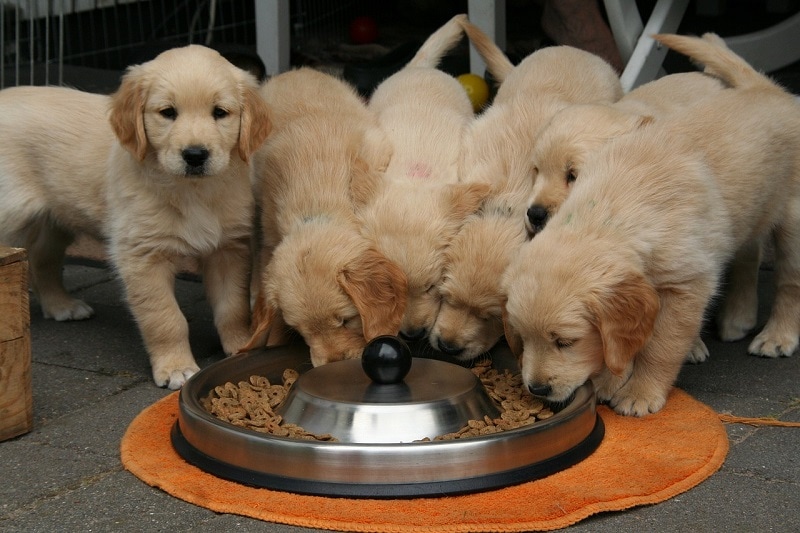
Can You Overfeed a Puppy?
Absolutely. Puppies are designed to grow at a specific rate. If you increase their caloric intake too much, parts of their body will start growing faster, while others will be unaffected. This is most obvious in a dog’s hips, where overfeeding can lead to hip dysplasia. In dogs with hip dysplasia, the ball and socket of the hip stop growing at the same rate, causing excess wear.
Once the process starts, there isn’t anything you can do to stop it, as wear will have already made the socket and ball not fit together properly. This can cause pain and lameness. While this mostly affects larger dogs, this is mostly because they tend to grow more than smaller dogs, leaving their hips more time to get out of sync.
You may also be interested in:
- When Can Puppies Go Outside for the First Time? Vet-Reviewed Guide
- How to Make a Daily Dog Schedule: A Vet-Approved Routine for Your Pup

Conclusion
You should feed your puppy based on the amount suggested by the vet or based on the suggested amount on the back of the bag. Do not allow your puppy to eat as much as they want or base their meals on their hunger levels. A disciplined and well-balanced approach is the best way to promote the happiness and health of your pet.
Related Reads:
Featured Image Credit: Switlana Sonyashna, Shutterstock
